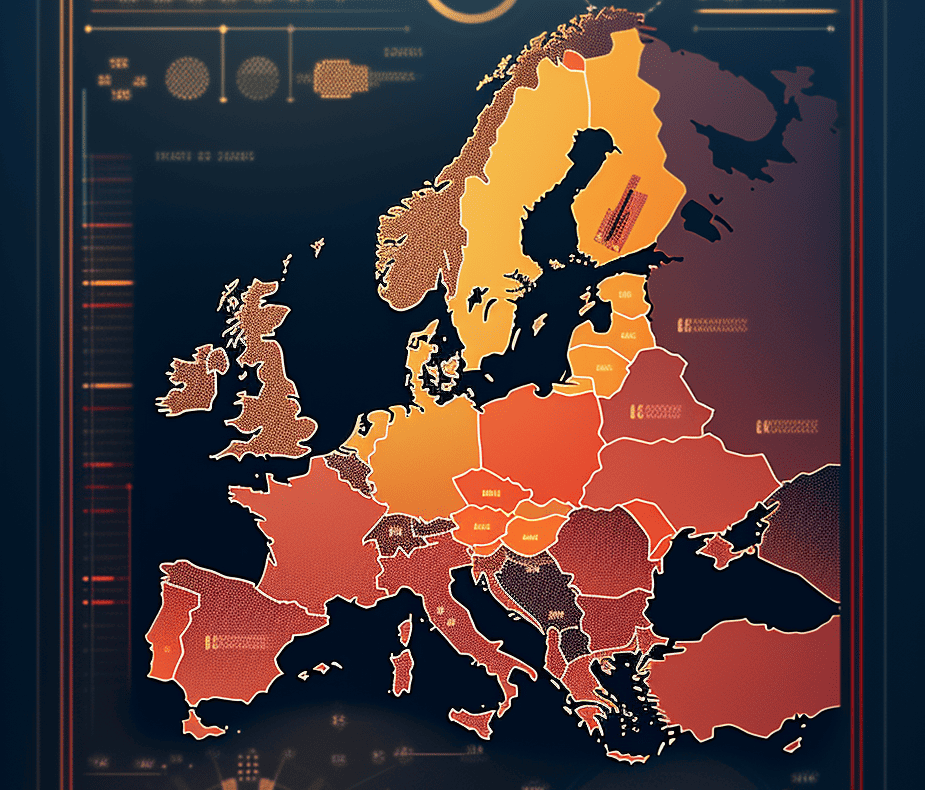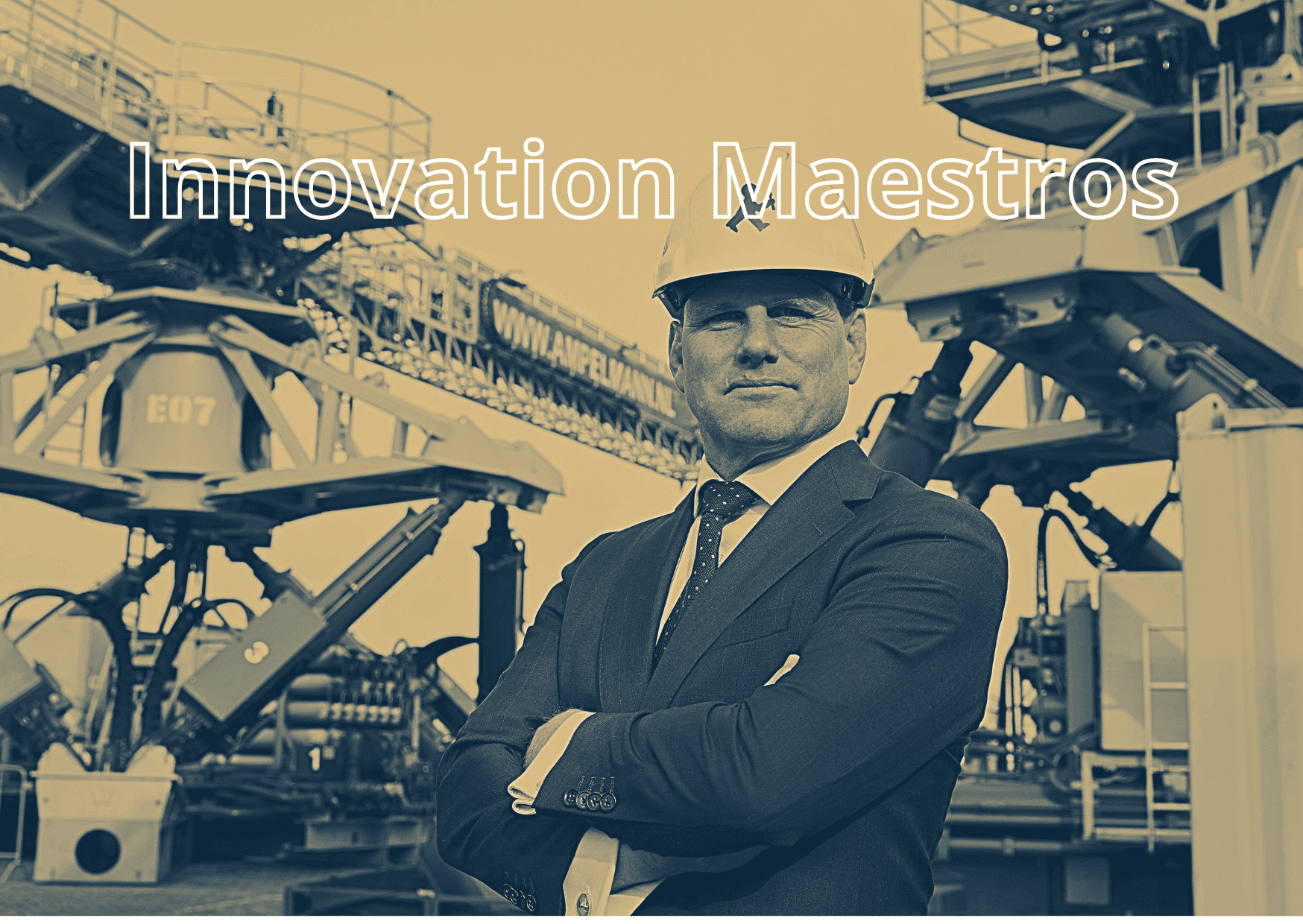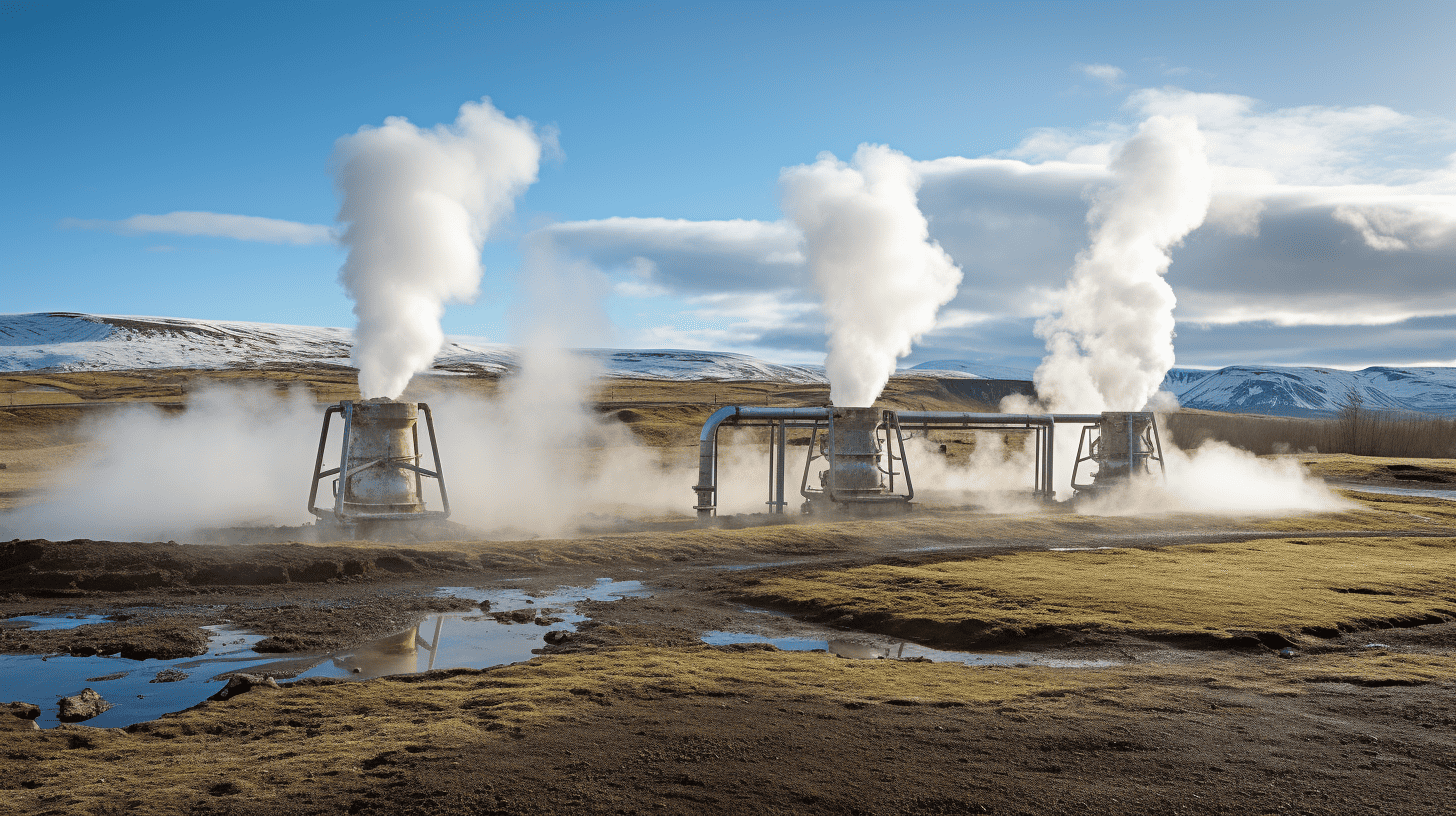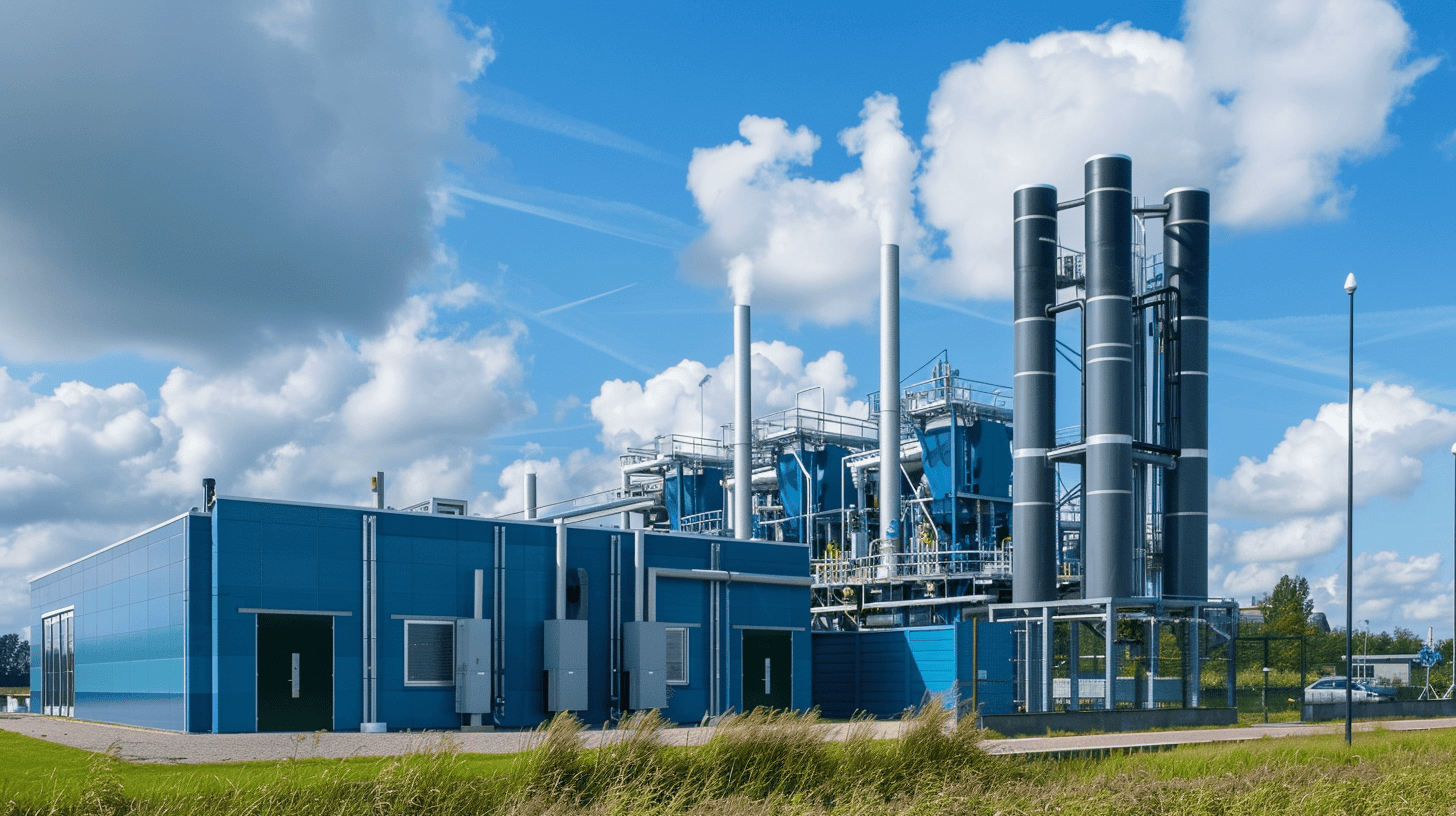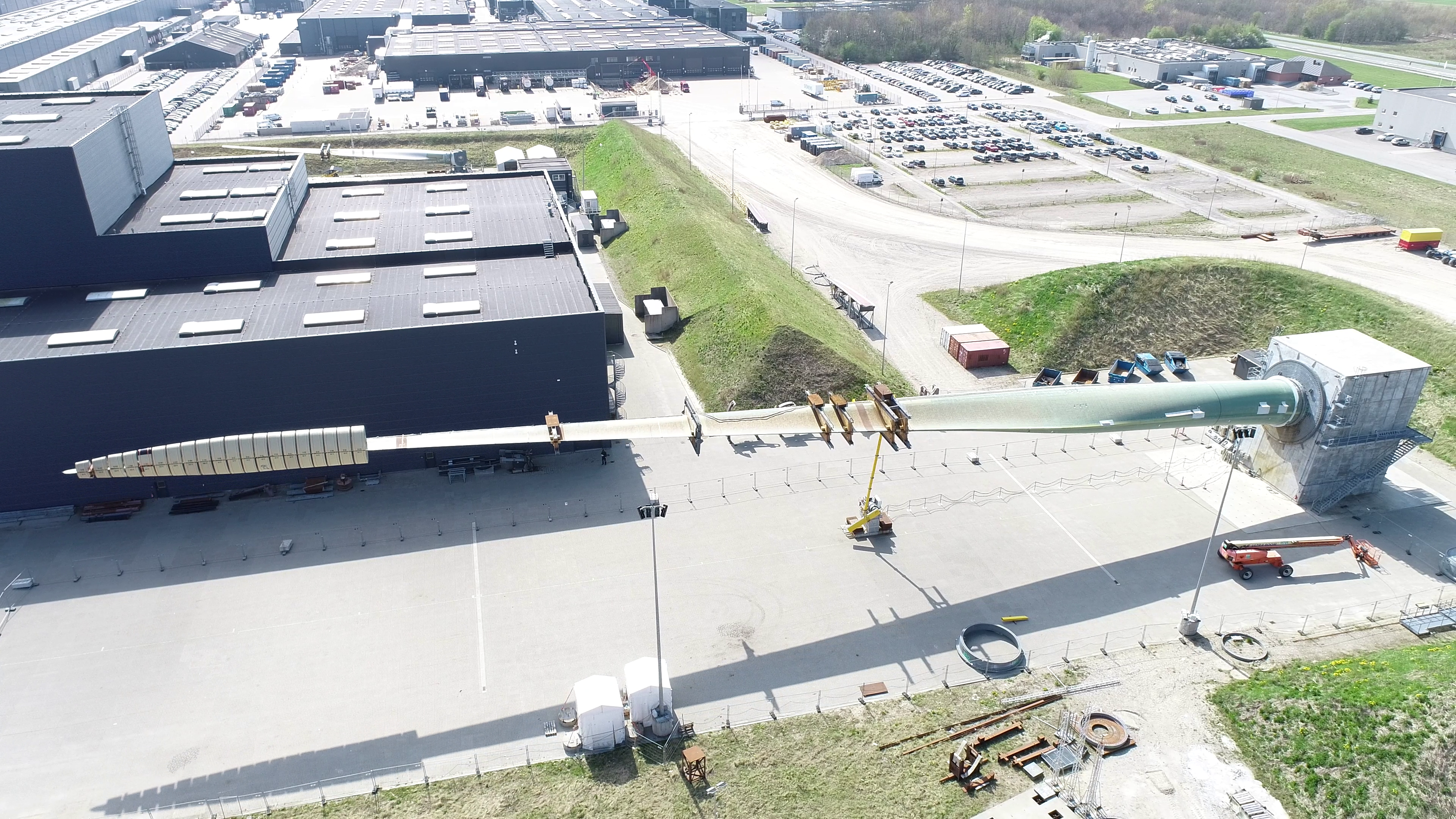
Northern Europe countries don’t enjoy the same amount of sun as the Mediterranean ones, while the wind is not missing. Offshore wind farms are deemed to be key in increasing their share of energy coming from renewable sources. Germany, Belgium, Denmark, and the Netherlands recently pledged to build a 150 GW wind power plant in the North Sea. R&D doesn’t stop and on the shores of that sea, the turbines of tomorrow are being designed.
Some of the largest wind blades in the world are produced and tested in Aalborg, Denmark. Beaten by the wind and stressed by the harsh winter temperatures, Siemens Gamesa is designing the offshore power plants of tomorrow.
Engineers are continuously perfecting blades to make them as efficient as ever. At the same time, they aim at increasing the amount of energy they can generate. On one of the Aalborg’s test rigs, there is a 108-meter-long wind blade, enduring all the tests scheduled. A 115-meter one is on its way too.
Some meters more might not seem a great difference, but they actually matter a lot. “Every time we test a new offshore blade, it’s a rather big step forward. Just a couple of meters more make the difference in terms of the load the blade has to stand. In this case, the load will increase by about 12 percent,” says Flemming Grün-Møller, test engineer at Siemens Gamesa.
The longer the blade, the higher the load it has to stand. Lots of testing, calculations, and trials are involved in the making of such long blades and in managing the forces they provoke. What does it take to develop and build over a hundred-meter-long wind blade?
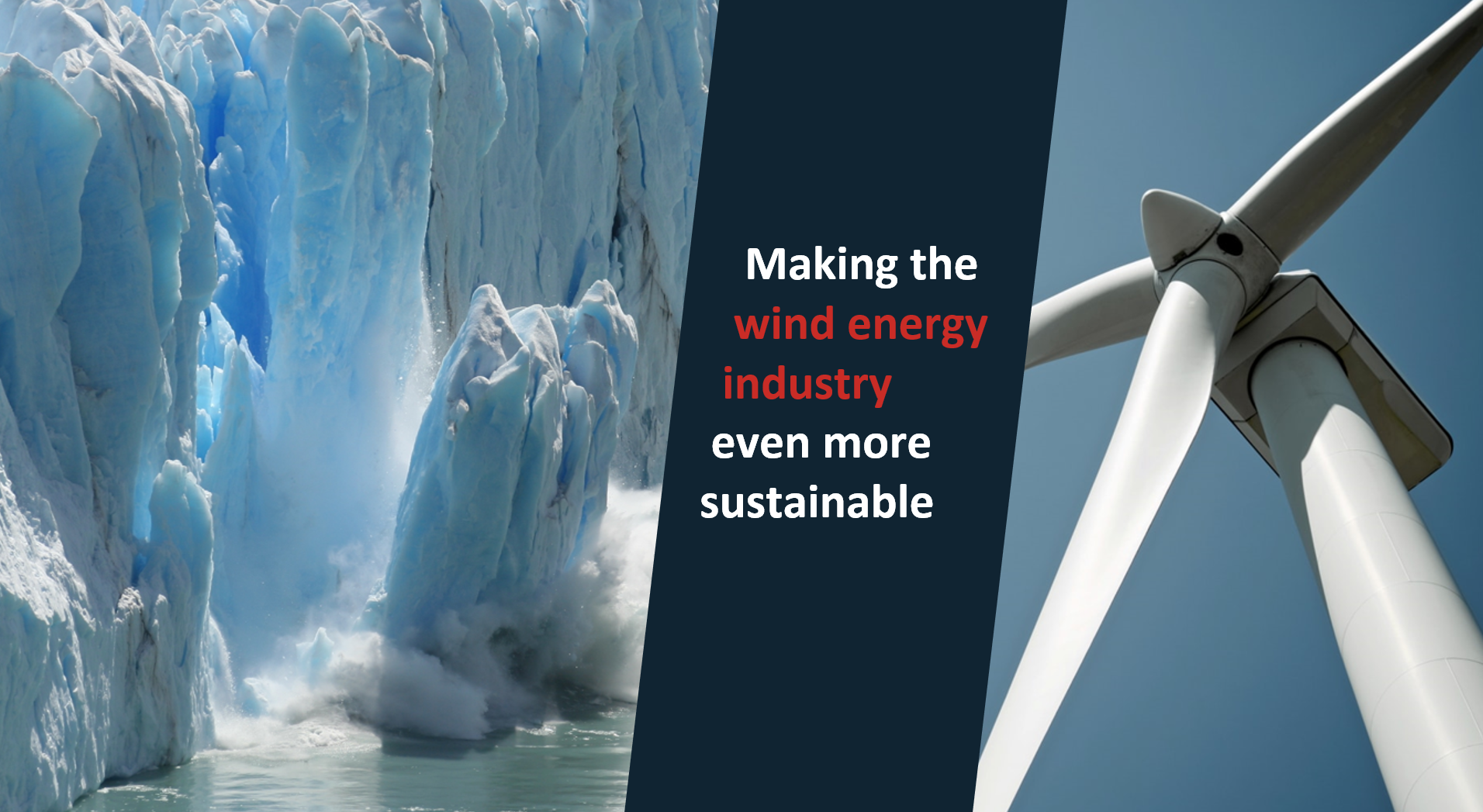
Stable and winter-proof infrastructure
Firstly, to control the impetuses generated by over a hundred meters long oscillating blades, stable infrastructure needs to be there. Solid test rigs, with concrete blocks cast on the ground, serve as a solid working top. “With them, it’s easy to install and remove different blades. As we keep developing bigger blades, a new test rig is being built at our facility, with steel to reinforce the concrete block,” explains Grün-Møller.
Aalborg’s test location has eight test rigs. Some of them are indoor, while others are outside the premises. Testing blades outdoors means making them endure the harsh conditions of Danish winters. As per the engineer, this is not necessarily a bad thing.
Grün-Møller: “Our customers ask us about our test and we can say that the blades stay out under tough weather conditions too – under beating wind or with -10° C. I think it’s a valuable aspect. It means that the turbines not only work in nice weather conditions but they can stand more challenging weather circumstances too.”

Flemming Grün-Møller
Test engineer at Siemens Gamesa
He works in the development of Siemens’ wind blades.
Preparing for the tests
Before a new blade arrives at the test rig, several passages have to be completed. “It all starts with designing and preparing all the components we need during the tests. Then, custom-made clamps – to move and pull the blade – are installed, as well as all the sensors for the measurements,” explains Grün-Møller.
All these steps take months to be executed and are the result of the coordination between dozens of engineers and workers – both at the test facility and at the production center. Siemens Gamesa’s blade factory is in Aalborg too and – despite the time involved in the development of a blade – makes it easier to plan all the activities involved.
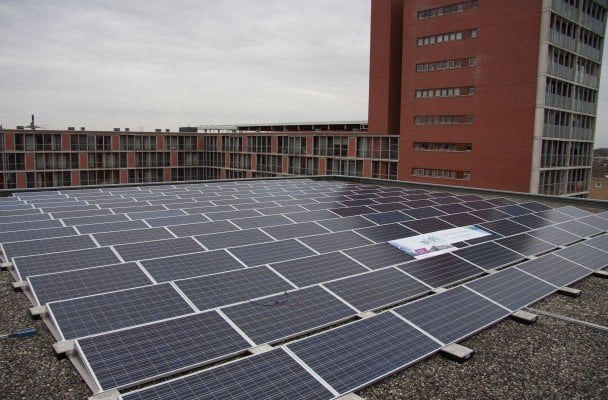
Pulling, pushing, and twisting blades
Static and dynamic tests are performed on a blade. With the former, engineers prove the blade structure’s full integrity in severe wind situations. “Blade design department provides us with fatigue load targets, after the simulations they carry on with a computer model. What we do is repeat those calculations in real-life, trying to obtain the targets the simulation has previously established,” illustrates Grün-Møller.
During the static test, the load is applied in all four directions. Thereafter, a fatigue test takes place. It simulates the full lifetime damage. A machine called exciter applies forces that make the blade move in flatline directions. An additional static test checks the structural test after the simulated 25 years life cycle.
“Torsional stiffness and flexing properties are measured in minor tests, that include the analysis of the lightning protection system,” Grün-Møller adds. All procedures comply with the international standards for blades. It can take up to 12 months to complete all of them.
Larger blades will be the new standard
The 108-meter-long blade’s development is going on, as over half of the cycles needed to test have been completed. As per the engineer, the obstacles in the process are learnings rather than hurdles.
“It’s part of the process and helps us improve quality. In the next test, I’ll be working on, I hope not to stumble across the same problems as in the previous ones. We learned a lot from the past tests and at Siemens Gamesa, we test the blades further than the outside approval purposes. It pays off in terms of the product’s value,” highlights Grün-Møller.
Bigger blades and turbines will thus be installed in the seas. “A lot of people thought that we couldn’t go any further. Nowadays’ wind turbines are three to four times bigger than 10 years ago. Testing plays a key role in this development for ever larger turbines so that we make sure they keep spinning for the next 25 years in the most efficient manner,” sums up Grün-Møller.



